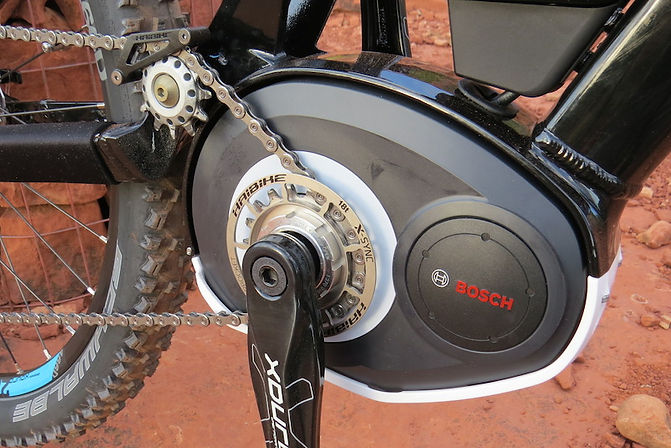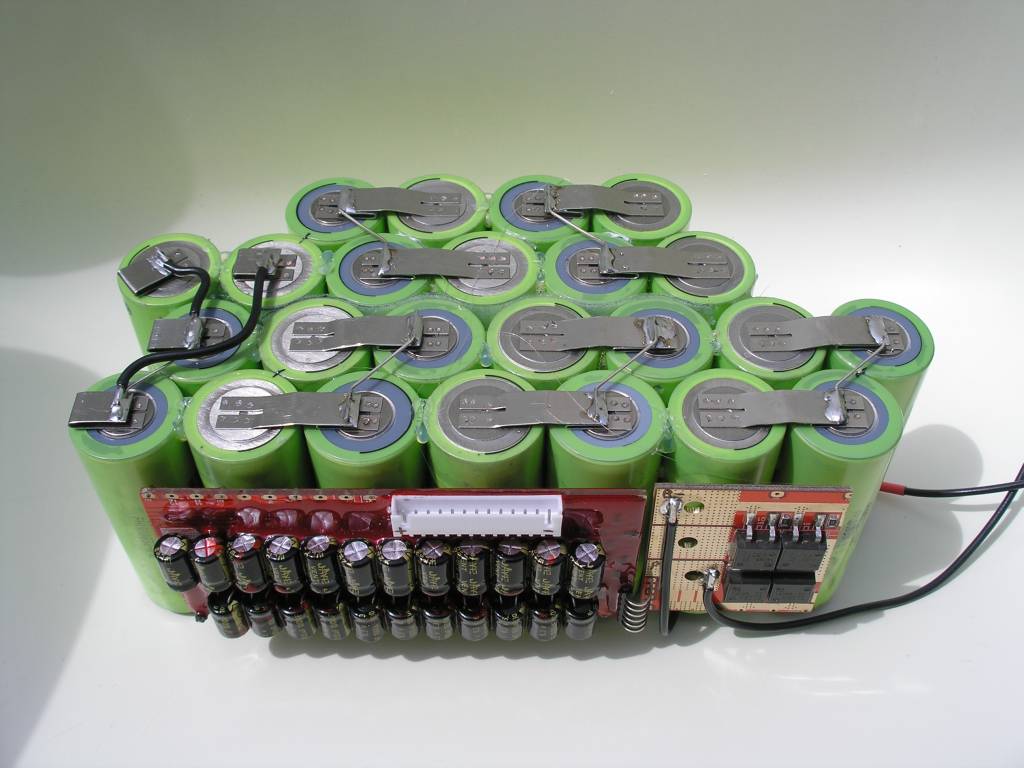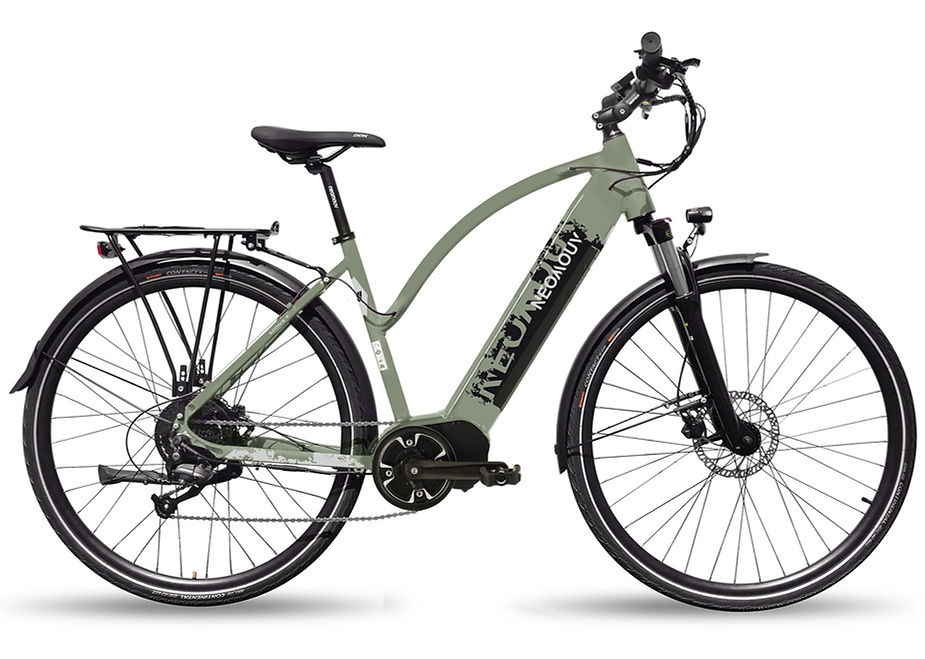HTTP://ELECTRICBIKEREPORT.COM/ELECTRIC-BIKE-MOTOR-COMPARISON
Crank Motors
In general a crank motor powers through the drivetrain (transmission) of the bike which enables the motor to help with long & steep climbs and power up to high speeds on flat roads.
Pros
• Crank drive systems are known for being able to climb long steep hills because they can leverage the lower gears of the bike and keep their rpm’s in an efficient range without getting “bogged down” like a hub motor. This is a good feature if you ride in areas that have consistently long and steep climbs.
• These motors can also leverage the higher gears of the drivetrain to cruise along at high speeds on the flat or inclined roads.
• Since the motor is at the cranks of the bike it provides for a low and centered weight distribution. If the battery is mounted in the center of the bike that further adds to great weight distribution which is good for the handling of the bike as well as making it easier to lift onto a car rack or carry up stairs.
• Removing the front or rear wheel is easy because there are no motor wires or hardware to remove (compared to hub motors). The bike can use almost any wheel type along with quick releases front and rear.
• Most crank drive systems use a chain, cogs, and derailleur drivetrain. Some systems are compatible with internally geared hubs and belt drives. The E2 Drives combines the mid drive motor with a “gearbox” at the cranks.
• Crank drives are very sophisticated with sensors that measure the pedal power, wheels speed, and crank speed to provide assist that blends with the riders power to create a very intuitive ride feel. There are also sensors that will reduce power when the system senses that the rider is going to shift gears to make the shift smoother. In addition there are some mid drives that are integrating with electronic shifting systems.
Cons
• Since the power is being transferred through the drivetrain of the bike there can be more wear applied to the drivetrain components (chain, cogs, derailleur, etc.). The higher power systems will add significantly more wear and those components may need to be replaced on a more frequent basis.
• To keep the motor operating efficiently you need to be shifting the gears properly for climbing hills or cruising along the flats. If you are used to shifting the gears properly on a conventional bike then this is nothing new.
• Some crank drive systems can sense when you are going to shift the gears and they will reduce the power for a smoother shift.
• A majority of crank drives have a single chainring which limits the gear range to a rear cogset or to the gear range of an internally geared hub. For most riding conditions this is okay because the motor makes up for the gear range that is missing and the gear range of a rear cogset or IGH is pretty wide these days.
Paul




